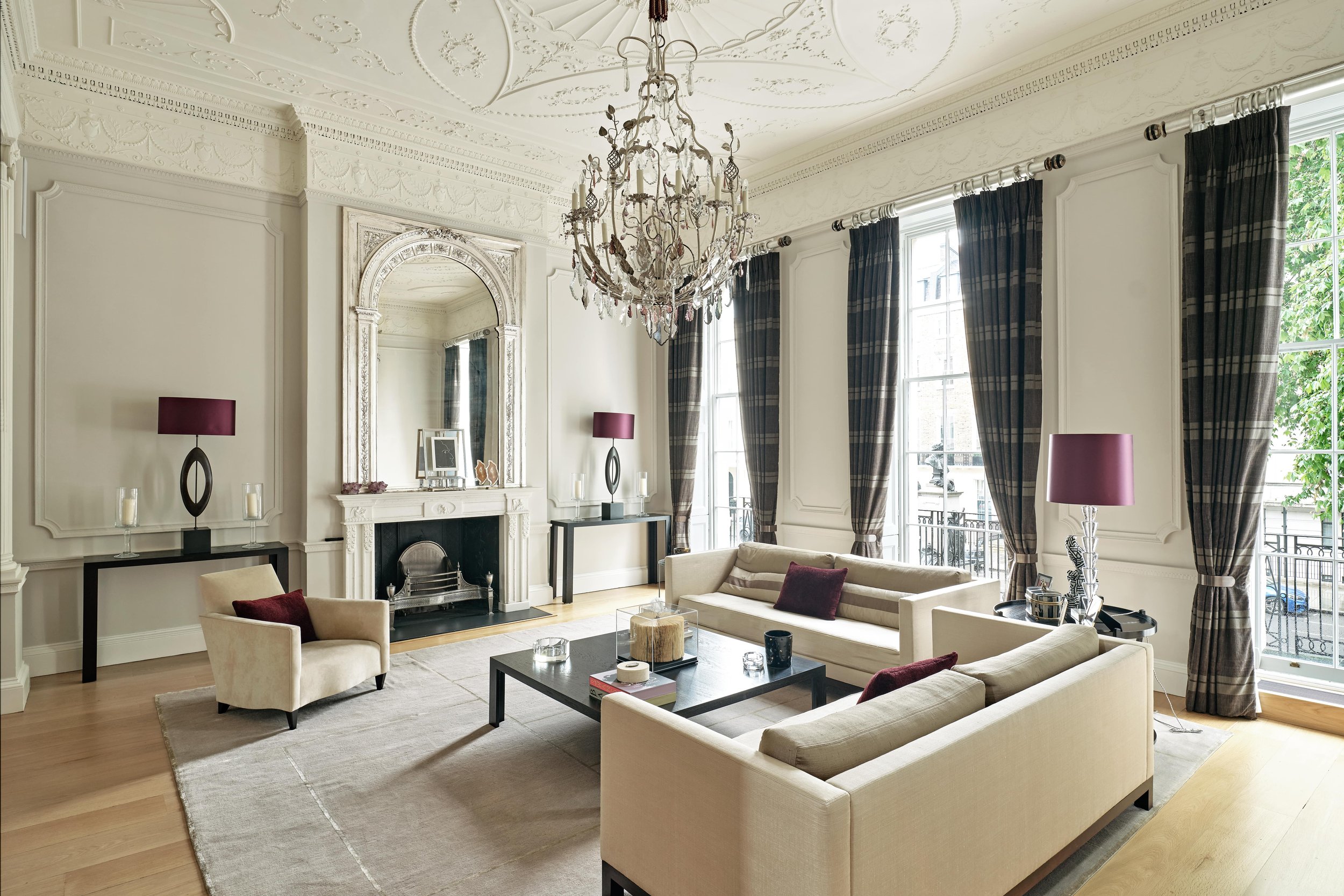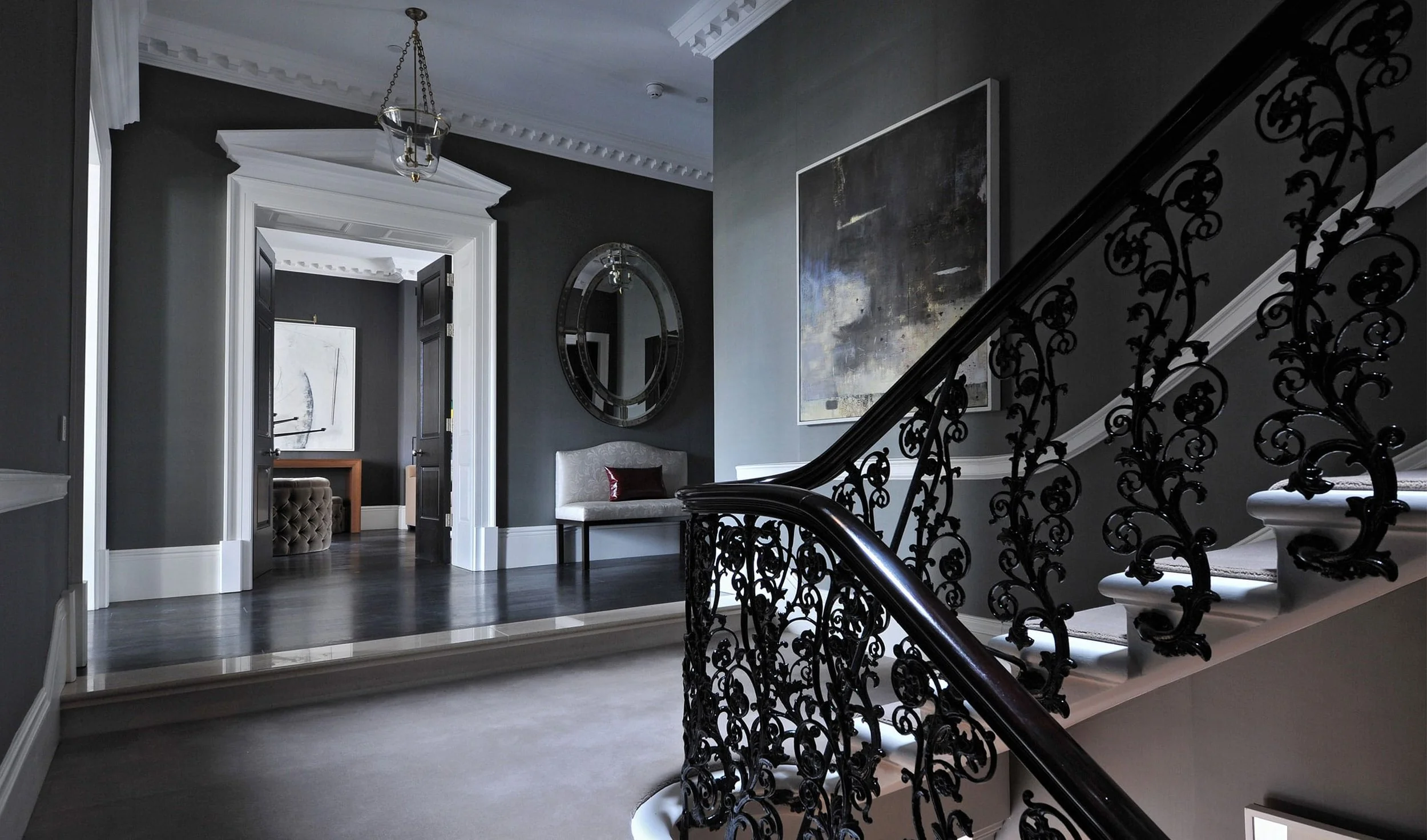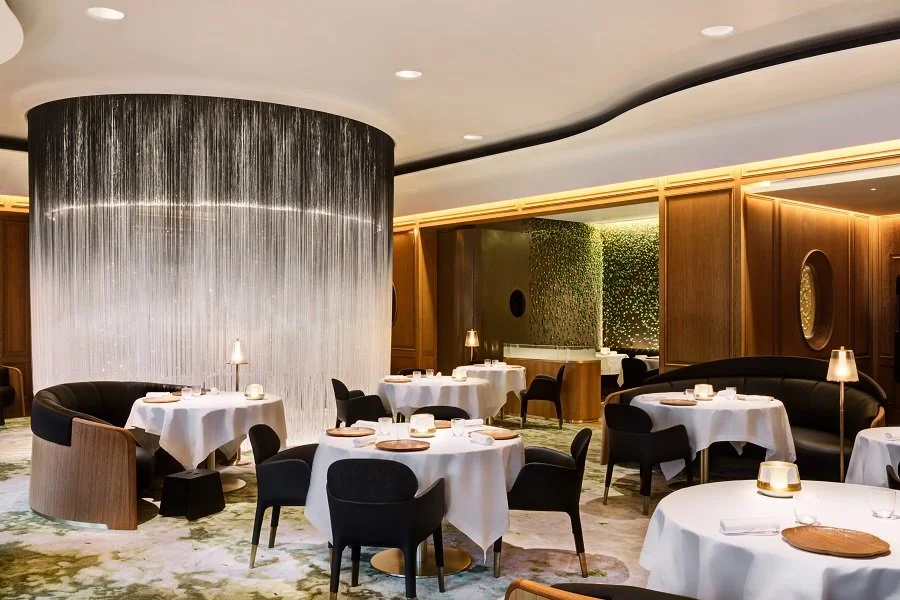A Look at Interior Design in the Regency Era
Georgian interior design is one of the most popular design eras. Spanning the reigns of four consecutive King Georges from 1714 to 1830, Georgian interior design didn’t just consist of one look; they changed throughout the century and included four main styles: Palladianism, Rococo, Neoclassicism and Regency.
The interiors from the Regency era were much more elegant, refined, and sophisticated than earlier styles and reflected many of the societal, political, and artistic changes of its time. In fact, Regency interior design is one of the most fashionable interior design choices. But what is Regency interior design? And how can you add it to your home? Read on to find out more.
What historical period does the Regency Era encompass, and what were its defining features?
The Regency era was a relatively short period of time between 1811 and 1812, marked by the rule of George IV in place of his ill father, King George III. Given the Napoleonic Wars had been happening since 1803, the Regency period marked a time of great political, societal, and economic change for Britain.
The defining features of the Regency Era included a departure from the ostentatious styles of the preceding Georgian period towards a more refined and restrained aesthetic. It embraced a fascination with classical Greek and Roman aesthetics, emphasising elegance, simplicity, clean lines, symmetry, and a balanced integration of functionality with beauty.
This era was marked by significant cultural refinement, societal shifts, and artistic evolution, influencing various facets of design, including architecture, interior design, fashion, and literature.
What colour palettes were popular in Regency interior design, and what significance did they hold?
Soft pastel shades such as yellow, white, greens, blues, and lilacs played an important role for regency interior design and these colours were usually used as base tones for the room to help evoke a sense of calmness and serenity, while contributing to the overall brightness of the room.
In contrast to these softer hues were bold accents in rich jewel-toned colours such as burgundy, emerald green, royal blue and rich purples. These bold accents helped to add depth and character to a room while still allowing for plenty of light and colour.
What types of furniture and furnishings characterised Regency interiors?
Furniture from the Regency period is highly sought after because of its lasting legacy and timeless charm. Furniture and furnishings from this period were heavily influenced by the expeditions and archaeological discoveries of the time. For a lot of the general public, this was their first exposure to the styles of other cultures.
Mahogany, which was readily available in Europe at the time, remained the main wood of choice for furniture making. Because it’s incredibly durable, this made it the perfect choice for high quality and long-lasting furniture.
How were rooms in Regency homes organised and designed to accommodate various functions?
Regency homes were meticulously organised to cater to different purposes, emphasising both practicality and aesthetic appeal. Spaces were designated for specific functions, with drawing rooms for social gatherings, libraries for intellectual pursuits, and dining rooms for formal meals. The layout facilitated smooth transitions between rooms, ensuring a seamless flow and effortless functionality.
Image: Helen Green Design
What are some practical steps for individuals interested in incorporating Regency design elements into their homes?
There’s no denying that ever since Bridgerton began in 2020, people have been inspired to add Regency design elements to their home. But how can you incorporate Regency design elements into your home without a time machine?
Let’s take a look…
1. Symmetry and Balance: Arrange your furniture in a way that is symmetrical and balanced as this oozes sophistication and class. Consider utilising matching furniture or decorative items to add visual balance.
2. Refined Colour Palettes: Opt for soft pastel hues as base colours and introduce vibrant accents – either through soft furnishings or statement pieces – as this will add depth to any room in your home.
3. Architectural Details: Incorporate architectural elements such as crown mouldings, tall windows, grand mirrors, and elegant chandeliers to really evoke that Regency grandeur. If you have the space, consider adding decorative pillars.
4. Classic Furniture: Opt for furniture with clean lines, sleek curves, and fine detailing. Mahogany or rosewood pieces with oriental detailing evoke the Regency interior style.
5. Attention to Detail: Pay attention to small details like decorative trims, tassels, and fringe on soft furnishings or draperies, adding a layer of refinement.
Conclusion
Georgian interior design, specifically the Regency Era, stands as a testament to timeless elegance and refined taste. From the balanced symmetry to the refined blend of colour palettes, the Regency period in England stands as a beacon of sophistication and artistic evolution.
This era wasn’t just defined by aesthetics; it represented a cultural shift that echoed in architecture, interior design, fashion, and beyond.
As we draw from the elegance of the past, we pave the way for interiors that speak to both tradition and modernity, ensuring that the legacy of Georgian interior design remains an eternal source of inspiration for generations to come.
If you’re interested in knowing more about how SP3 London can support you across your project when it comes to Project Management, Design Management and more, get in touch with us today.
Recommended Articles






